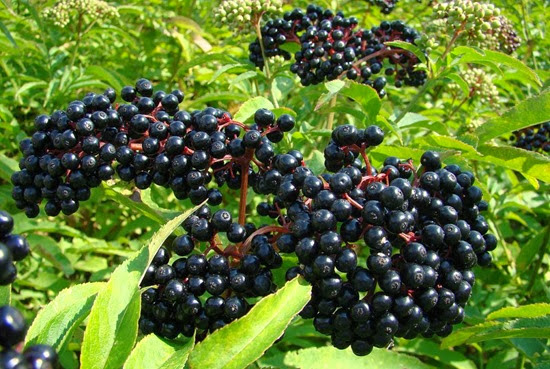
Humans are one of the few creatures on this planet who have the capability of ignoring our basic survival instinct. We jump out of perfectly good airplanes - something that still sets off alarms in the most veteran skydivers - and we push ourselves to the edge of death and back with physical demands on our bodies that defy reason with activities like ultra-marathons in the desert, living in microgravity, and setting the world record for holding one’s breath under water.
Yet as contradictory as it sounds, testing these limits is probably what makes us feel the most human or the most attuned to nature and our own potential - particularly when it comes to soaring above the skies, jumping eight feet in the air…and eating the most bizarre, even dangerous, dishes set in front of us on the dinner table.
What are some of the deadliest foods the world has ever seen? Poisonous or harmful by design, not accident, and something that has us questioning our sanity when we choose to take a bite?
1. Fruit Seeds
Like apples, cherry pits contain a type of hydrogen cyanide called prussic acid. Don't go eating a cup of ground pits, or peach and apricot pits for that matter.
2. Rhubarb
Rhubarb leaves contain oxalic acid, which causes kidney stones. It'll take 11 pounds of leaves to be fatal, but much less to make you seriously ill.
3. Nutmeg
Nutmeg is actually a hallucinogenic. Yes, you can trip on it, but it's said that eating just 0.2 oz of nutmeg could lead to convulsions, and 0.3 oz could lead to seizures. Eating one whole will supposedly lead to a type of "nutmeg psychosis, which includes a sense of impending doom.
4. Potatoes
Glycoalkaloids, also found in nightshade, can be found in the leaves, stems, and sprouts of potatoes. It can also build up in the potato if it's left too long, especially in the light. Eating glycoalkaloids will lead to cramping, diarrhoea, confused headaches, or even coma and death. It's said that just 3 to 6 mg per kilogram of body weight could be fatal. Avoid potatoes with a greenish tinge.
5. Almonds
There are two variations of almonds, sweet almonds and bitter almonds. The bitter ones supposedly contain relatively large amounts of hydrogen cyanide. It's said that even eating just 7 - 10 raw bitter almonds can cause problems for adults, and could be fatal for children.
6. Raw Honey
Because it doesn't go through the pasteurization process in which harmful toxins are killed, unpasteurized honey often contains grayanotoxin. That can lead to dizziness, weakness, excessive sweating, nausea, and vomiting that last for 24 hours. Typically just one tablespoon of concentrated grayanotoxin can cause the symptoms above. Consuming multiple tablespoons would be a bad idea.
7. Tomatoes
The stems and leaves of tomatoes contain alkali poisons that can cause stomach agitation. Unripe green tomatoes have been said to have the same effect. You would need to consume vast quantities for it to be fatal. Not exactly high-risk, but you might avoid eating tomato leaves.
8. Tuna
The danger in tuna is the mercury that the fish absorbs. Once in your body, mercury will either pass through your kidneys, or travel to your brain and supposedly drive you insane. The FDA [Food and Drug Administration] recommends children and pregnant women do not consume tuna at all. While it's unlikely that eating a massive amount of tuna in one sitting will kill you, it's a good idea to monitor your weekly intake. Click here to visit the Environmental Working Group's tuna calculator to see how much is recommended.
9. Cassava
The leaves and roots of cassava are surprisingly rich in cyanide. By this point, we may as well wish cyanide were the most delicious, sumptuous substance on the planet if we had to die to enjoy a bite…there is not much in the way of flavour, though. Cassava is a tropical vegetable originally from South America, but has gained popularity in Africa, particularly for its juice, which can be fermented to produce a drink called piwarry.
10. Cashews
Raw cashews you might find in a supermarket are not actually raw, as they've been steamed to remove the urushiol, a chemical also found in poison ivy. This chemical can cause the same effect as poison ivy, or poison oak. High levels of urushiol can supposedly prove fatal. People who are allergic to poison ivy are likely to have a fatal allergic reaction to eating actual raw cashews.
11. Elderberries
These berries are often used in jams, jellies, and wines. Their leaves, twigs, and seeds contain cyanide-producing glycoside. Nausea, vomiting, diarrhoea, and coma are the symptoms to look forward to. Suffice it to say, hope your herbal tea was prepared correctly, and that whoever made your jam or wine strained the fruit. Also, never eat them unripe.
12. Bullfrog
This giant African bullfrog is considered a delicacy in Namibia, but contains a poison known as Oshiketakata, which can cause kidney failure and death. Eat this frog after "third rain," identified by excessive croaking and breeding of the frogs, or cook it in a pot lined with dry wood, which supposedly neutralizes the poison.
13. Ackee Fruit
Turning our attention to the Caribbean, we find the delicious but dangerous ackee fruit. Although rich in vitamins and protein, if the fruit is eaten before it is fully ripe, it prevents glucose from being released from the liver, quickly lowering one’s blood sugar and ensuring violent illness or death. Many have called the symptoms following ingestion of the unripe fruit "Jamaican Vomiting Sickness.”
14. Star Fruit
Just 100 ml of this fruit's juice is poisonous for people with bad kidneys - it contains neurotoxins that affect the brain and nerves. If you have healthy kidneys, have no fear. Your body will be able to filter out the neurotoxins.
15. Pangium Edule
Pangium edule, the fruit from a tree native to Southeast Asia, is poisonous to humans due to the hydrogen cyanide it contains. (It's known as "the fruit that nauseates.") The seeds are eaten after either being boiled without their shells and soaked in water, or after boiling and burying them in banana leaves and ash for a month or two to release the cyanide.
16. Casu Marzu
Casu marzu is technically outlawed throughout much of Italy, and many would consider it more like garbage than food. Nevertheless, its preparation is as meticulous as a fine dessert: cheese from sheep’s milk is left outside to ferment and in the process is introduced to a certain species of fly, which is allowed to lay its eggs on the cheese. The eggs hatch and dinner begins…for the maggots, that is - not you; the best is yet to come.
Eventually, the maggots soften the cheese enough for consumption, but they must be eaten alive along with the cheese to prevent extra toxicity. If you don’t want to eat live maggots (what? you don’t?), you can starve their oxygen supply by placing the cheese in a sealed paper or plastic bag; the larvae will eventually jump out of the cheese in search of air and, finding none, die.
17. Silver Stripe Blaasop
Although a delicacy in some ports of the Indian Ocean, the liver, skin, and reproductive organs of the Silver Stripe Blaasop supposedly contain a poisonous substance that can cause fatal muscle paralysis and breathing and circulation problems if eaten by humans.
18. Echizen Kurage
This poisonous jellyfish lives on tuna, problematic for the Japanese tuna supply. The solution? Make the jellyfish into a delicacy. The toxic parts must be removed, and the jellyfish cooked so as to be eaten without risk.
19. Fugu
Fugu, also known as pufferfish, is a fish whose liver and internal organs contain deadly amounts of the poison tetrodotoxin, for which there is no known antidote. It might surprise many to know, however, that any fugu chef worth his weight in Japan will attempt to leave just the right amount of poison for a tingling sensation to pass through the diner’s tongue, leaving him satisfied with the taste and experience.
If you are in the mood to “risk your life,” be sure to travel to the city of Shimonoseki in western Japan where no fugu-related deaths have ever been reported. In addition, you have the choice of raw fugu sashimi, fried fugu (tastes like chicken), boiled fugu, fugu with miso, and fugu sake.
20. Hákarl
Greenland shark is used to make this Icelandic delicacy, which is translated as "fermented shark." This species of shark has no urinary tract, meaning the meat is full of toxic substances like trimethylamine oxide. To remove the toxins, the sharks are buried in a sand and gravel pit to remove moisture, then fermented, and cut into strips before being hung to dry. The process takes about six months - and the end product smells like it. If you try it, you better multitask - fork in one hand, nose plugged with the other.
21. San Nak Ji
There’s not a great deal of preparation required to serve san nak ji (raw baby octopus) to food enthusiasts: the octopus is dismembered, seasoned with sesame oil, and immediately presented on a plate. As such, many of the tentacles will still be moving around (remember, each “leg” of an octopus has its own brain), and won’t hesitate to use their suckers on you if you try to swallow them. Take care to chew thoroughly before you risk letting something alive and potentially dangerous down your throat. Despite the “thrill,” many foreigners trying the dish have reported a relatively bland taste, more chewy than delicious.
Visit Vagabondish.com for the latest budget travel tips and advice.

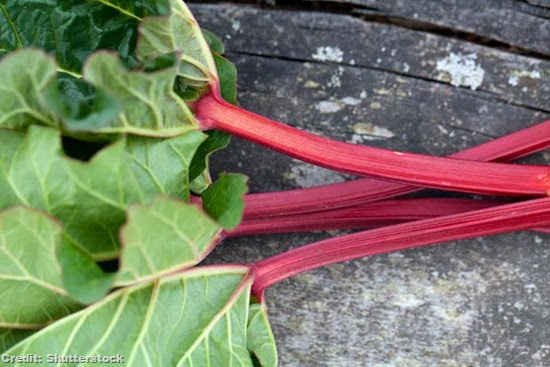
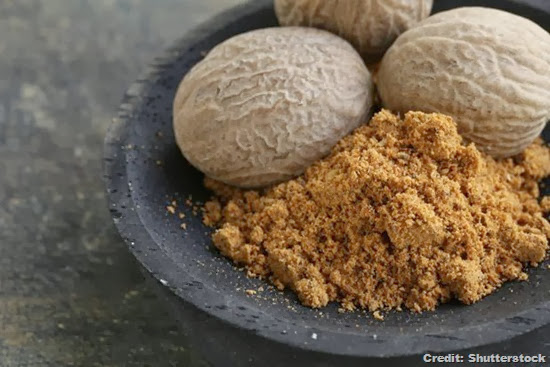
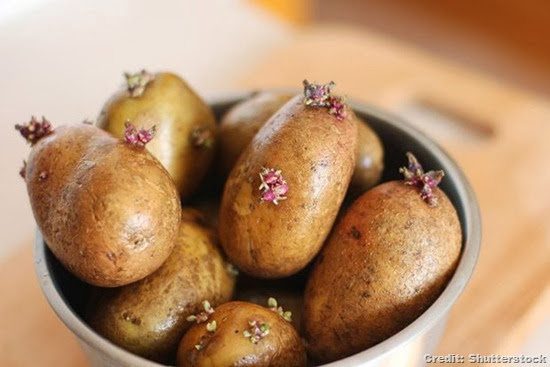
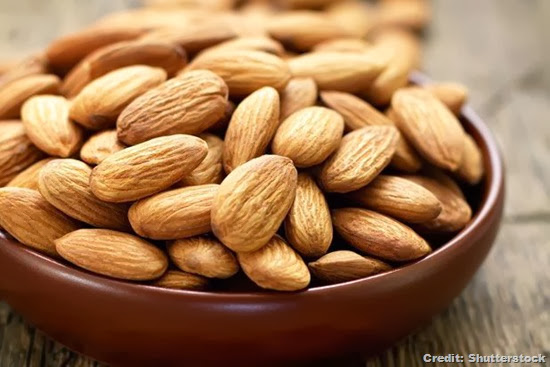
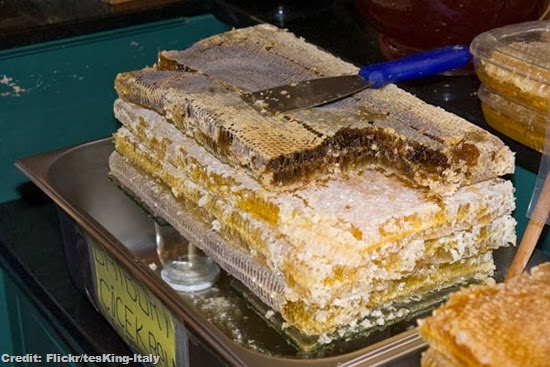
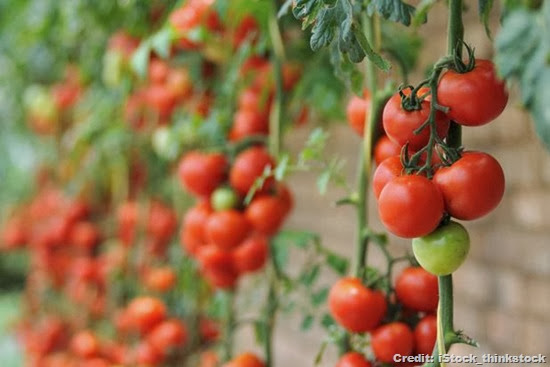




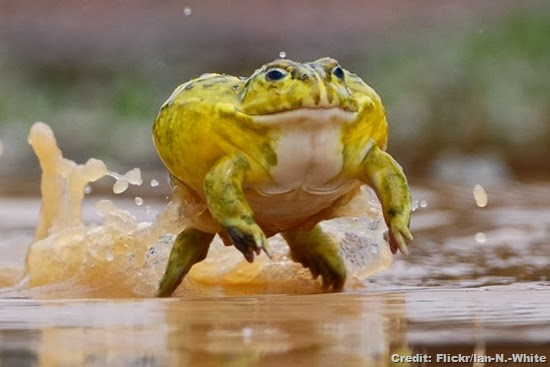
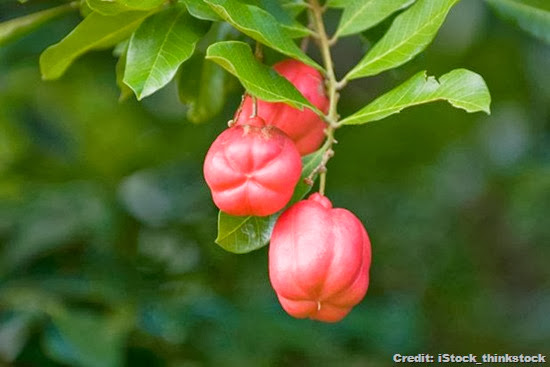
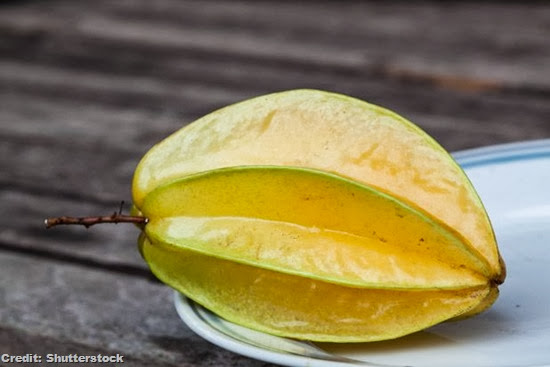
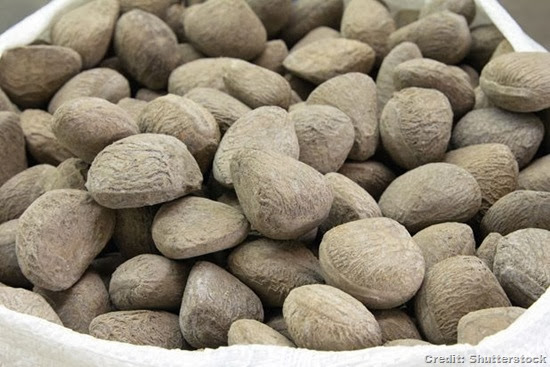
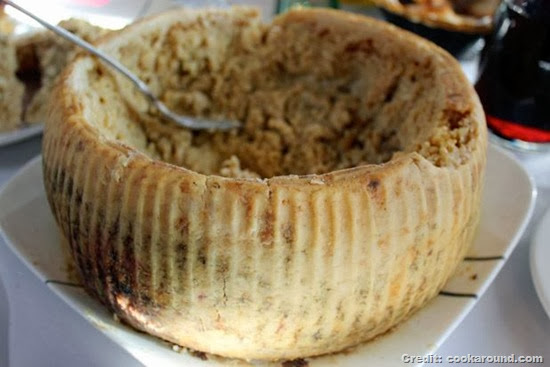
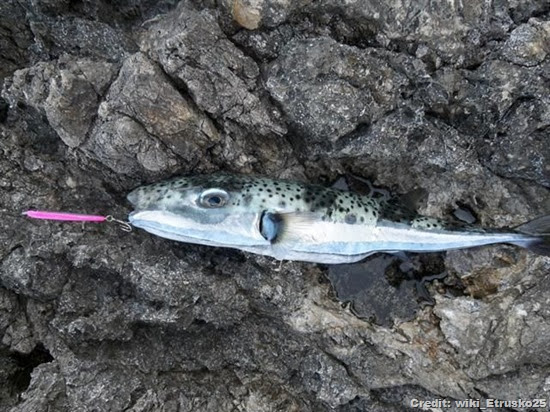
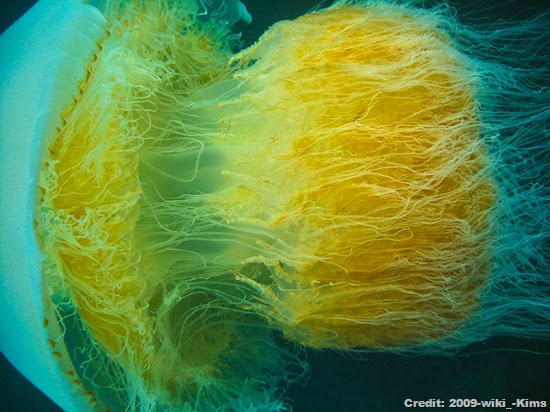


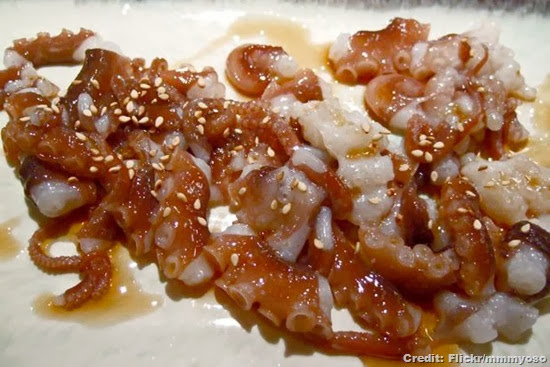
No comments:
Post a Comment
Please adhere to proper blog etiquette when posting your comments. This blog owner will exercise his absolution discretion in allowing or rejecting any comments that are deemed seditious, defamatory, libelous, racist, vulgar, insulting, and other remarks that exhibit similar characteristics. If you insist on using anonymous comments, please write your name or other IDs at the end of your message.